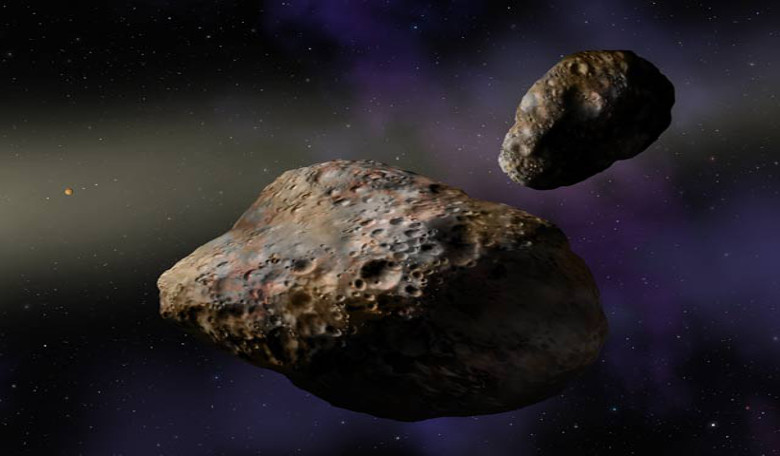As part of the Outer Solar System Origins Survey (OSSOS), researchers using the Canada-France-Hawaii Telescope have discovered 838 Solar System objects out beyond the orbit of Neptune with such high precision, that there whereabouts will always be known.
The OSSOS is a project to discover distant moving objects with wide-field optical imaging. After five years of observations between January 2013 January through to December 2017, the large, international team behind the project just released its full data set that includes the most accurate orbital data ever taken for a survey of trans-Neptunian objects (TNOs) this size.
A trans-Neptunian object (TNO) is any minor planet in the Solar System that orbits the Sun at a greater average distance than 30 astronomical units (AU) I.e beyond the orbit of Neptune and they are often divided into two subpopulations: the Kuiper belt and the scattered disc.
While the Kuiper belt is a relatively well known stretch of space that holds trillions of remnants from the early Solar System, its neighbouring companion the scattered disc, often goes unmentioned. Like the large chilly expanse before it, the scattered disc is also a distant circumstellar disc that lies between the Kuiper belt and the Oort Cloud and it is sparsely populated with small icy planets known as scattered disc objects (SDOs).
Not much is really known about the scattered disc, but astronomers think that it probably formed when objects in the Kuiper belt were ‘scattered’ by the gravity of Neptune or the other outer planets. Eris, which is the second-largest known dwarf planet in the Solar System is an SDO. Although the closest SDOs approach the Sun at about 30–35 AUs, their orbits can extend well beyond 100 AU.
Other large bodies classed as trans-Neptunian objects include Pluto and its icy moon Hydra, Makemake, Haumea and Sedna.
The present set of minor planets available for testing models of the Solar System’s dynamical history is still rather small. As of April 2018 over 2,700 trans-Neptunian objects, centaurs and SDOs are recorded on the Minor Planet Center (MPC) list but not all of these have comprehensive orbital data. “The OSSOS minor planets form a unique set: a sample that is half as large as the entire MPC inventory, yet with perfect tracking efficiency for trans-Neptunian orbits,” state the OSSOS team on their recent research paper.
The discovery of such a large set of TNOs therefore not only bumps up the number of known objects significantly, but it also allows researchers to understand many different aspects of the outer Solar System, such as how the formation of TNO’s ties in with where and how the giant planets evolved.
For more on this research, see: https://arxiv.org/pdf/1805.11740.pdf











